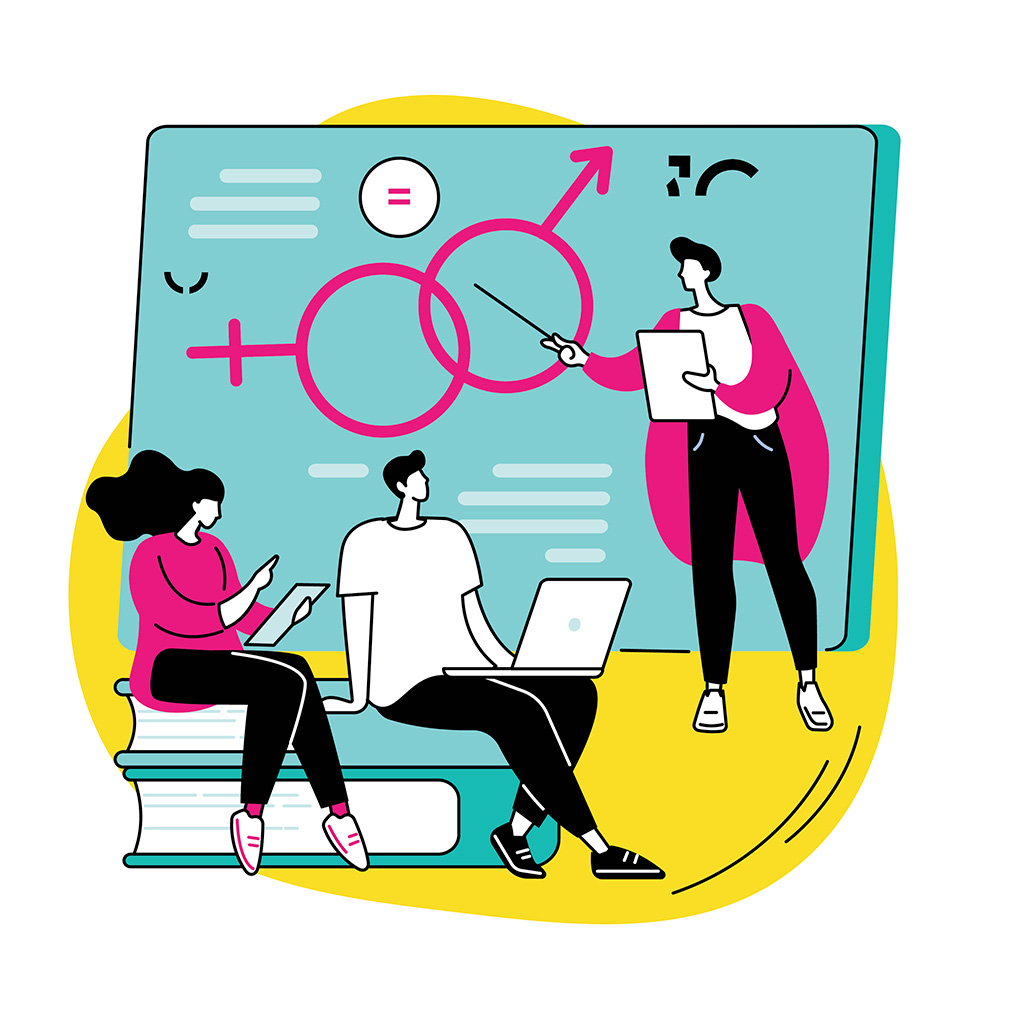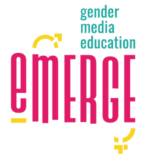Free

Module 1 – Media education and pop culture
This first module aims to introduce the concept of media education and popular culture. From a first theoretical framework about media Education (Unit 1), media representations and more precisely stereotypes are deeply discussed including with its relation to prejudices. Gender stereotypes in media representations are provided through examples and exercises (Unit 2). Finally, from the participants’ representations about popular culture, the pop culture area is also delimited through examples related to gender media representations.
Free

Module 2 – Gender issues in the classroom
This module introduces trainees to the concept of gender and its issues in the classroom context. Beyond a clarification of the basic concepts on gender, the first unit presents the social mechanisms which construct genders, with a special focus on the role of media in this construction (Unit 1). Then focusing on gender representations in online environments, the oversexualised stereotypes for women and girls as part of online culture are discussed and developed through applied examples of sexist hate speech. (Unit 2). Apart from media, education is the key area to promote gender equality and inclusiveness. It’s why Unit 3 focuses on the role of school and of teachers regarding the reinforcement and the combat of gender stereotypes (school curriculum, schoolbooks, …) including with some concrete application through gender responsive language exercises.
Free

Module 3 – Critical analysis and creative media production for gender issues
The critical analysis of gender representation in the media and pop culture is the main goal of this third module. After an introduction to various critical analysis methods of media messages and practices, analysis exercises are suggested about how different media and products of pop culture represent gender and how they contribute to its social construction (Unit 1). The second step is to combine critical analysis methods with creative media production. Creating own media products as a process to critique other media content and practices (Unit 2). Finally Unit 3 focuses on gender representation within selfies shared online especially on social media, a practice that has become very popular for self-presentation and communication online, especially among young people.
Free

Module 4 – Planning and evaluating media education activities
ME scholars and educators increasingly share the view that ME should be developed as a key transversal component across the school curriculum rather than a specific subject or topic. To achieve so, however, it is crucial to devote specific attention to curriculum development and practice in order to have a clear idea of the learning progression through different school levels with details of specific learning outcomes and criteria and procedures for evaluation and assessment.
It’s why through this fourth module, a theoretical background is given to reflect about the location of Media Education in the school curriculum before suggesting some questions for planning cross-curriculum media education lessons (Unit 1). In a second step, various frameworks and tools are presented for supporting the evaluation of these media education lesson (Unit 2).
